
Bugatti is a synonym for superlatives in the automotive world and not a single model from Molsheim in Alsace cannot boast at least one record-breaking feature.
This was already the case more than 100 years ago when Ettore Bugatti built his first cars. It was the same under Italian Romano Artioli, who revived the brand in the 1990s.
And nothing changed either when Volkswagen acquired the trademark rights at the turn of the millennium and launched the Veyron.
Yet now that the VW era is coming to an end with the new Mistral and its legendary 16-cylinder engine, it is bidding farewell with a few more record-breaking achievements.
For several years now, Bugatti has been majority-owned by the Rimac Group, in which Porsche has a stake, meaning that VW now only has an indirect holding.
Before Bugatti boss Mate Rimac unleashes his Tourbillon, the Chiron is saying adieu and becoming the Mistral, a record-breaking roadster.
The performance of the 1,176 kW/1,600 hp, 16-cylinder engine with eight litres of displacement is unmatched while a top speed of 420 km/h makes this the fastest open-topped car in the world. On a closed track, a test driver even managed 453.9 km/h, outperforming every Formula 1 driver.
Oh yes, there is another superlative. At just under €6 million, the Mistral, limited to 99 units, is also the most expensive open-air model to roll off the production line anywhere.
For that kind of money, you can naturally expect a car that has been handcrafted over weeks and is more of a work of art than a motor vehicle. Not only because they have given the Mistral a completely new carbon shell that attracts everyone's attention, but also because the work-of-art aspect can be taken literally.
The gear lever of the seven-speed dual-clutch automatic transmission features a miniature version of the dancing elephant that made Ettore's younger brother Rembrandt Bugatti famous as a sculptor. This makes you feel almost like a circus director when shifting gears. Or like the tamer of a wild animal – which is not entirely wrong given the car's impressive performance.
However, as spectacular as the spec sheet reads and as much attention as the Mistral attracts wherever it appears, the first few metres are unspectacular. Apart from its width, rather modest visibility, and huge turning circle, driving the Bugatti is as easy as piloting a VW Polo.
Although it has more power than a Formula 1 car, it is not ferocious and can happily trundle electrically through the refined suburbs around the Molsheim factory, not far from Strasbourg.
But woe betide anyone who inadvertently puts a little more pressure on the right foot. The Mistral bursts into action with what feels like enough shove to rip the engine clean out of the chassis.
The Bugatti becomes a beast and the driver experiences a rush of the senses that no other car can offer. While the powerhouse in the back of your neck propels you toward the horizon with up to 1,600 Nm of torque, the engine roars and screams with up to four turbochargers, deafening its two occupants cocooned in luxurious leather.
The windscreen of this chopped supercar is just a visor and a little more visibility would be useful when you shoot towards the horizon at 100 km/h in 2.4 seconds.
The car is easy to keep on the road at this speed and the developers have managed to preserve a great deal of comfort thanks to the carbon structure, but it still requires full concentration.
If you just want to relax and enjoy the summer under the open sky, you shouldn't lie down on what is effectively the fastest sunbed on the planet. Especially since at speeds of over 300 km/h, relaxation is not an option.
As effortlessly as the Mistral pushes the boundaries of physics, it is powerless against the vagaries of the weather. When it rains, the owner has to put up the emergency canopy.
Things get boring instantly as a top speed of 160 km/h is advisory when the heavens open and the frontrunner becomes a straggler.
Mistral owners will just have to live with that. After all, you can always slow down, and for longer periods of bad weather, the average Bugatti customer usually has other cars at their disposal.
Endless luxury and performance and a vehicle registration document full of superlatives – of course, you can hardly measure a Bugatti by normal standards. After all, no car in the world costs nigh on €6 million.
What they have created at Molsheim is more of an elite work of art than a motor vehicle. Anyone who is passionate about both art and sports cars and who wants to cause a stir on their summer road trip cannot fail to be impressed by the Bugatti.
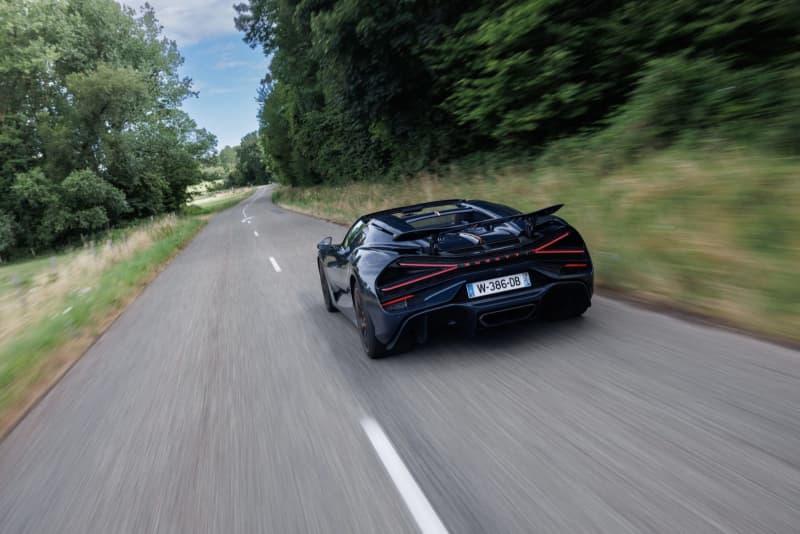
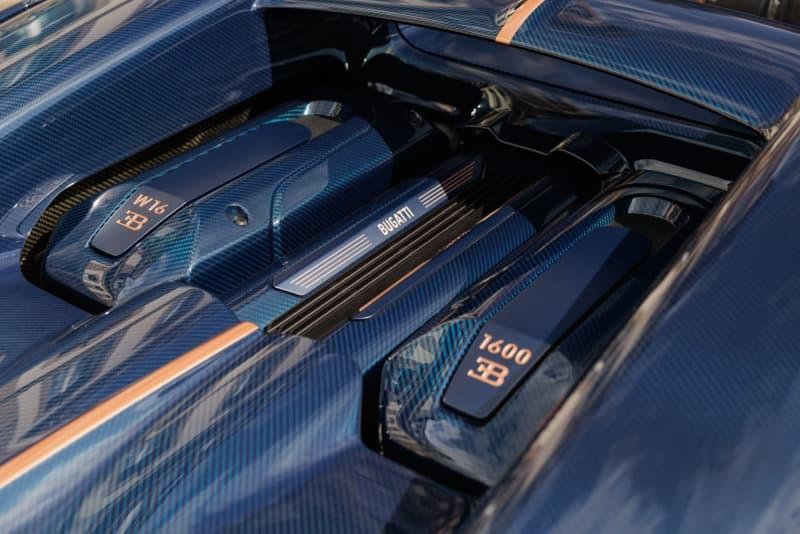
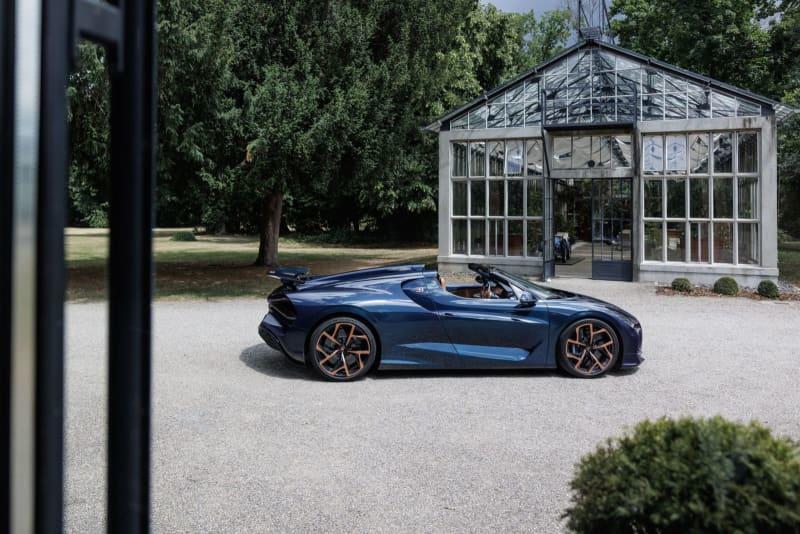
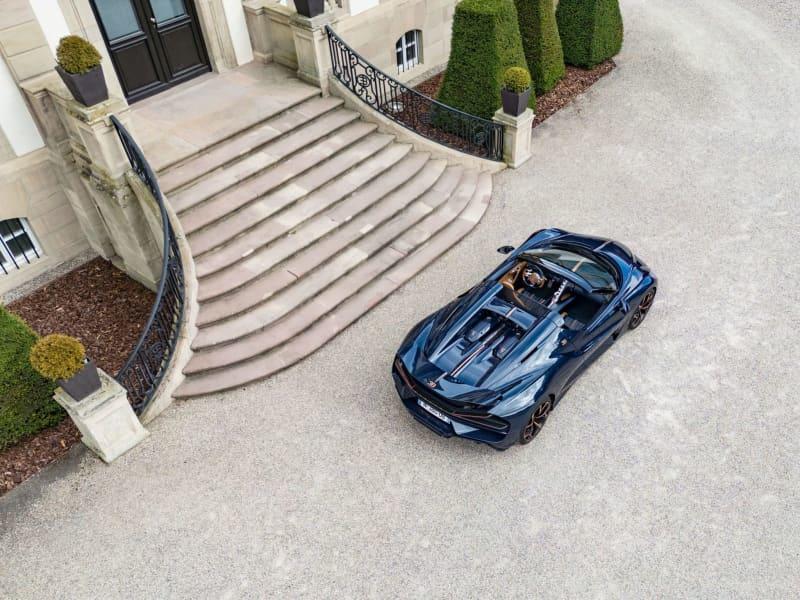

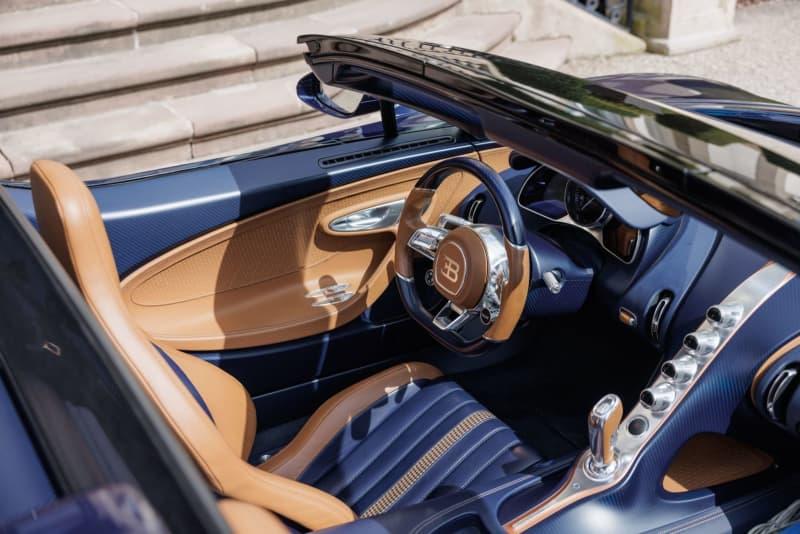

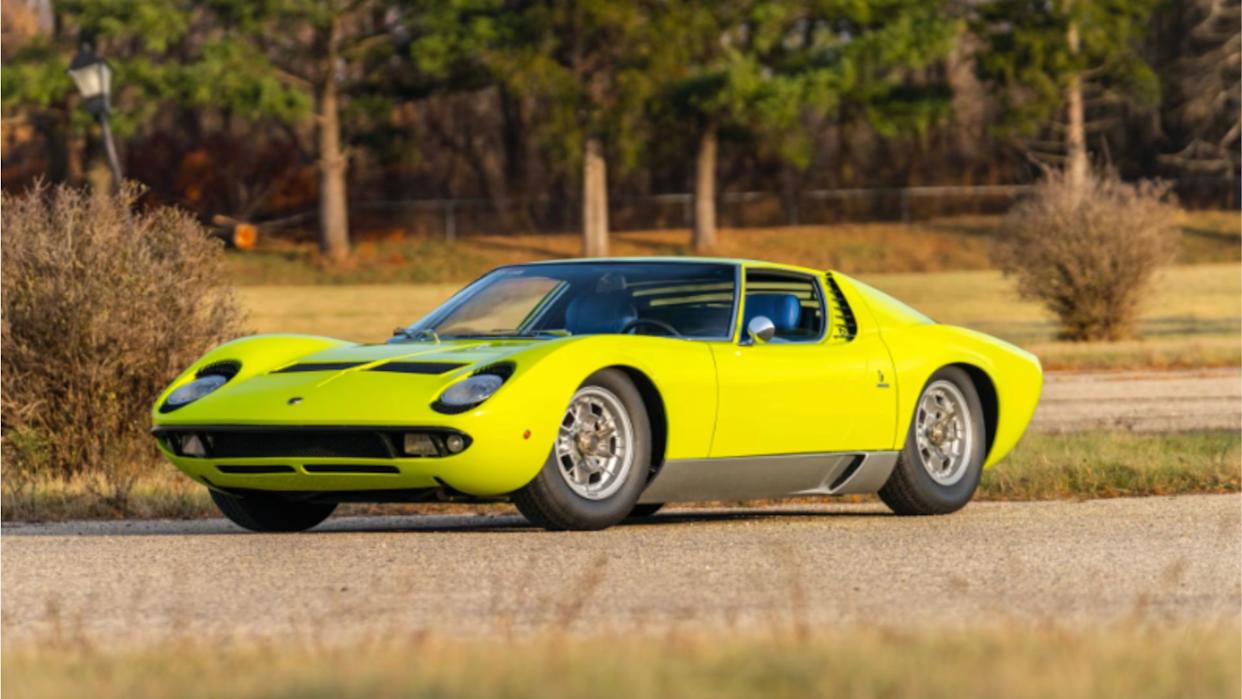
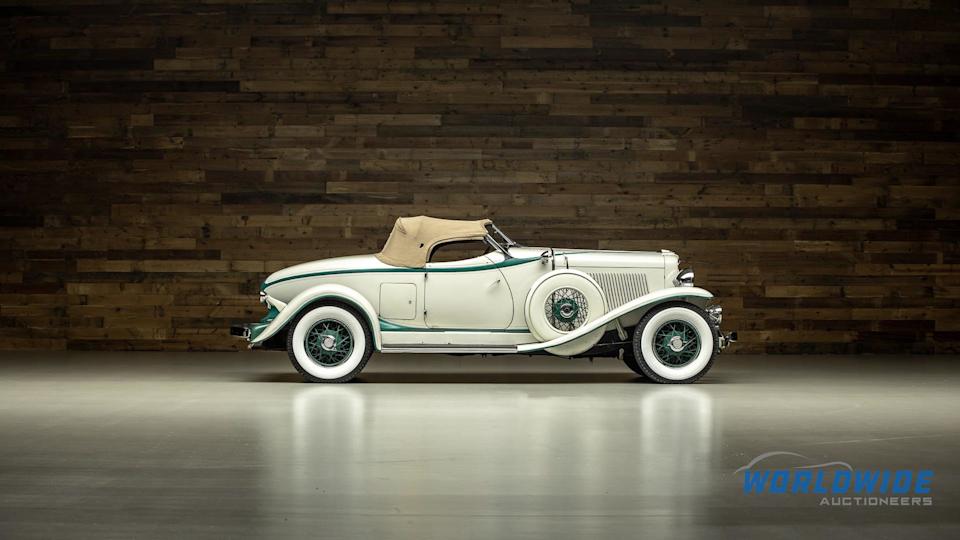
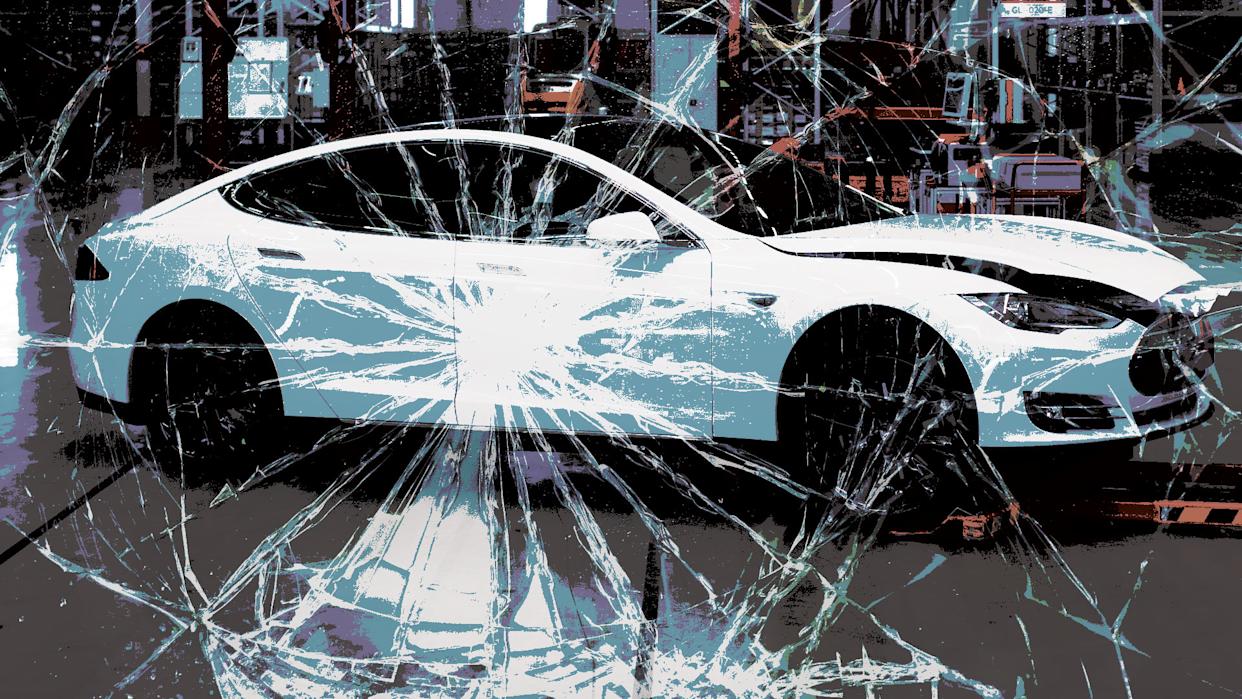
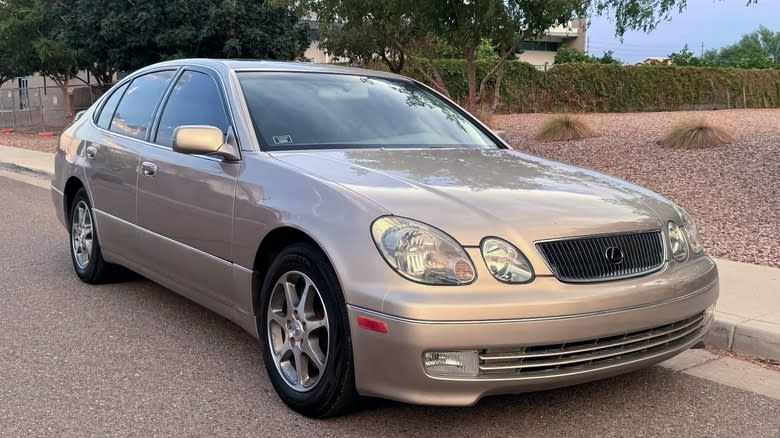
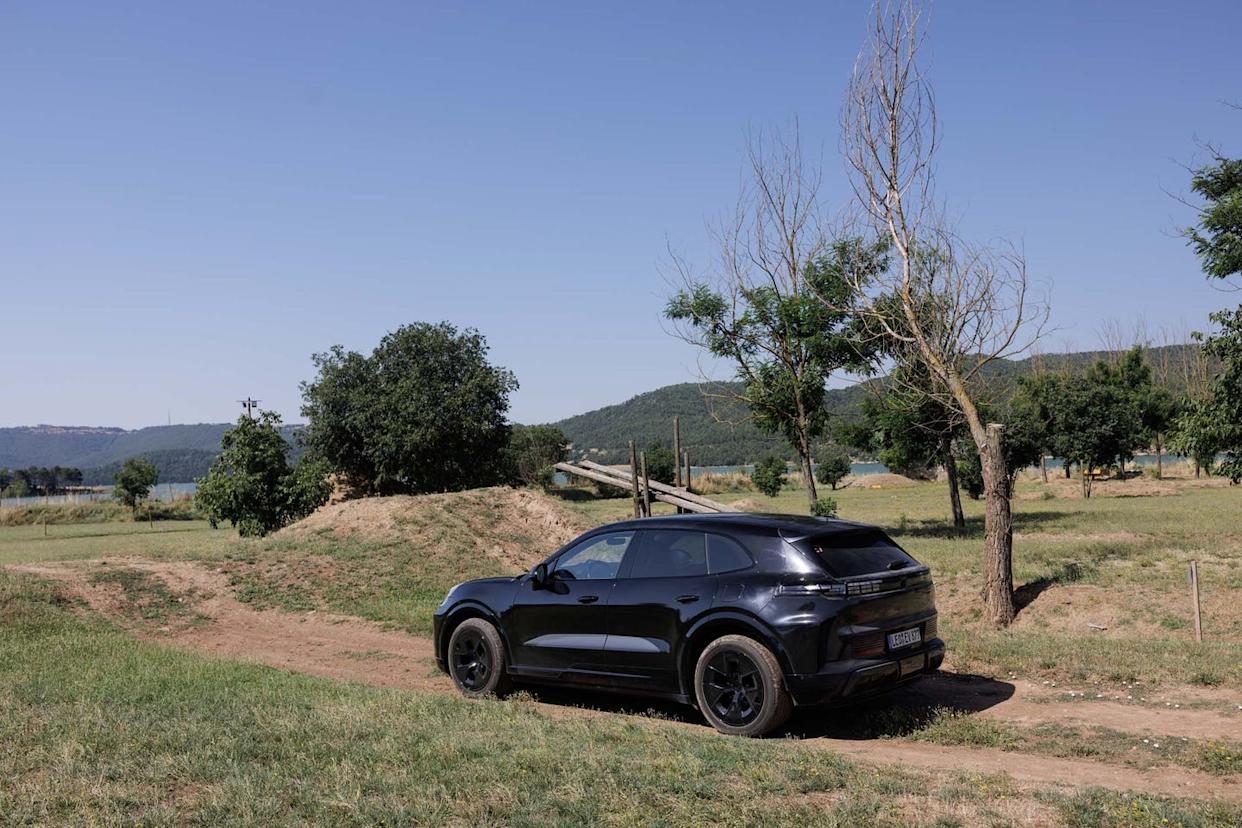
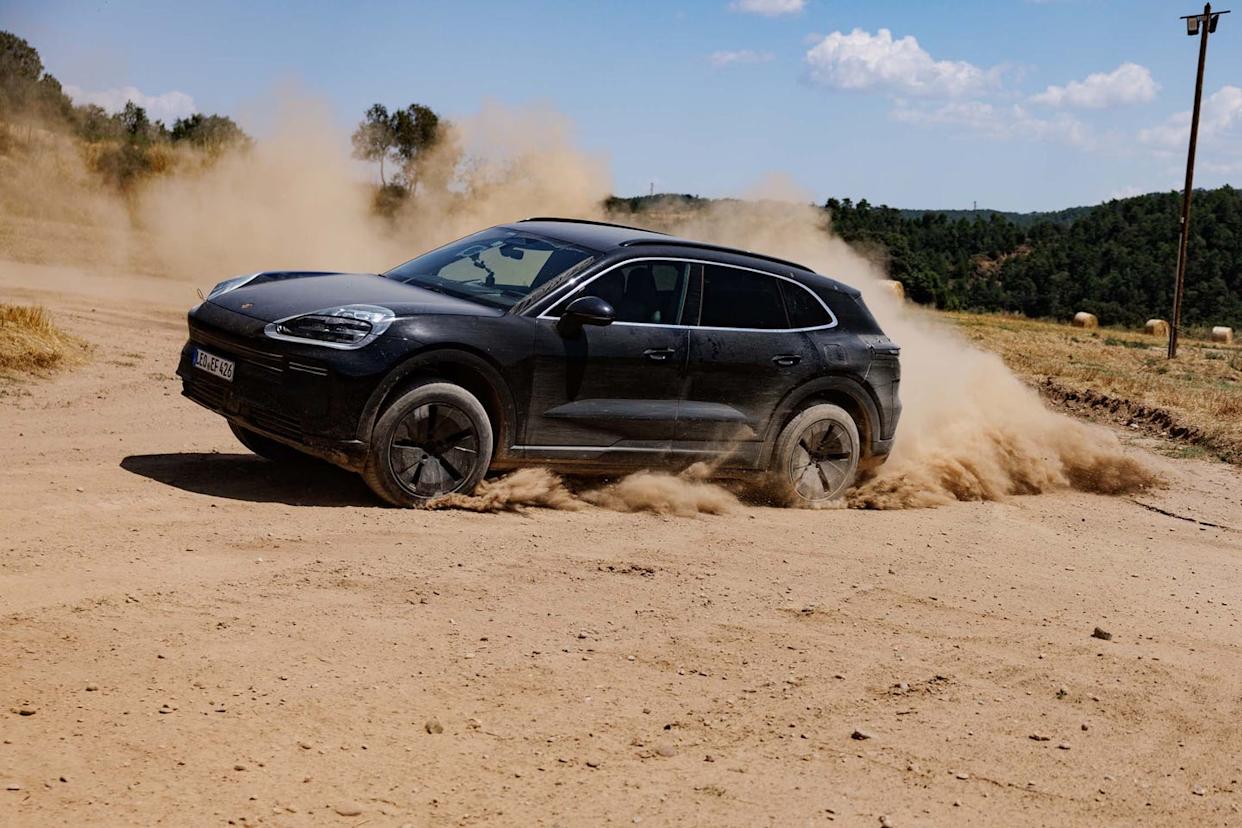
Comments